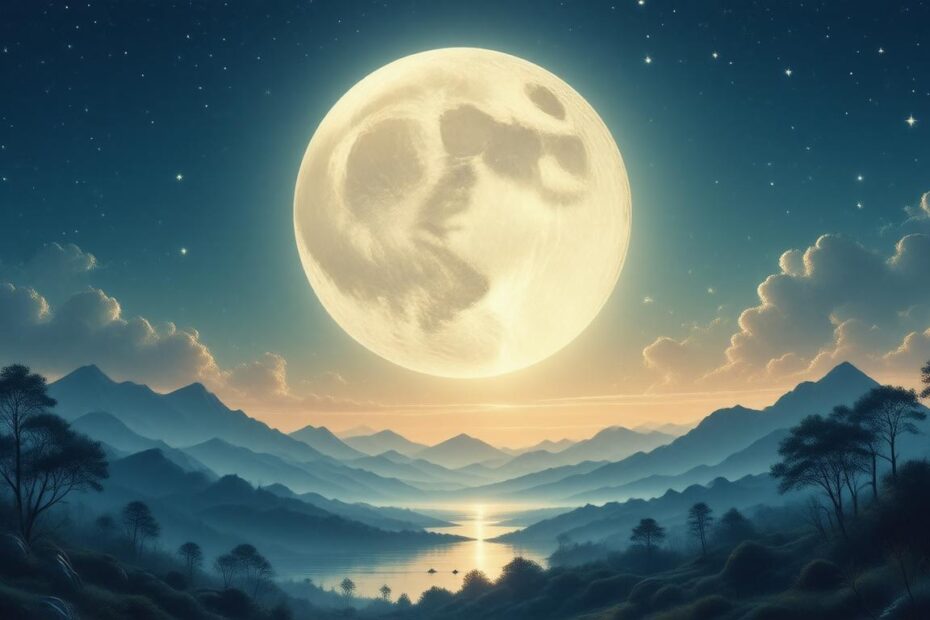🌟 Daily Awakening Quiz 🌟
Every March, the cosmos blesses us with a unique astronomical event known as the Worm Moon. This full moon, which reaches its peak around mid-March, not only captivates night sky observers but also carries rich cultural significance and various name origins tied to the awakening of nature.
What is the Worm Moon?
The Worm Moon occurs in March when the earth begins to thaw, signaling the arrival of spring in the Northern Hemisphere. The full moon illuminates the night sky, offering breathtaking views just before dawn. For 2025, the Worm Moon will peak in brightness at approximately 2:55 AM EDT on March 14. However, its splendor can still be appreciated on the evening of March 13 as it rises brightly above the horizon.
Origins of the Name
The Worm Moon derives its name from various sources, with the most common explanation relating to earthworms. As temperatures rise and soils warm during early spring, earthworms emerge from the ground—a vital food source for many birds returning after winter. This emergence of earthworms beautifully symbolizes the rebirth of nature and the onset of the planting season.
Interestingly, further research has revealed that the name may also refer to beetle larvae that become visible as the bark of trees thaws, extending its relevance beyond just earthworms. Various Native American tribes contributed to the rich tapestry of names associated with this full moon, reflecting their observations of seasonal changes.
Other Names and Cultural Significance
Beyond the Worm Moon, many cultures have attributed additional names to this March full moon, showcasing the diversity of seasonal highlights and animal behaviors witnessed during this time:
- Crow Moon: Named for the return of crows in March, who seek mates and establish territories.
- Sugar Moon or Sap Moon: This name highlights the time when maple sap begins to flow, leading to the production of maple syrup.
- Lenten Moon: Derived from old English, marking the onset of Lent, a period of reflection and purification leading up to Easter.
- Snow Crust Moon: This name captures the phenomenon of the crust that forms on melting snow, which is common in northern climates.
Other names, such as the Wind Moon, Plough Moon, and Sore Eye Moon, reflect local weather patterns and the natural environment, illustrating how people across different regions linked the moon with their seasonal experiences.
Observing the Worm Moon
To fully appreciate the Worm Moon, pay attention to the evenings surrounding its peak illumination. The moon appears especially large near the horizon due to an optical illusion known as the “moon illusion,” prompting a striking visual experience. Conditions such as an overcast sky may surprise you with a rare moonbow—much like a rainbow, created when moonlight refracts through water droplets in the atmosphere.
As spring begins and nature stirs, the Worm Moon invites us to reflect on the cyclical rhythm of the seasons. Whether you watch it rise from your backyard or venture into a darker setting for an unobstructed view, take a moment to revel in the magic of this full moon and the significance it holds across cultures.
In summary, the Worm Moon is more than just a celestial event; it signifies a pivotal transition from winter to spring, serving as a reminder of the interconnectedness of life, earth, and the cosmos. With its various names and rich cultural references, this March moon continuously inspires wonder and connection to the changing seasons.

